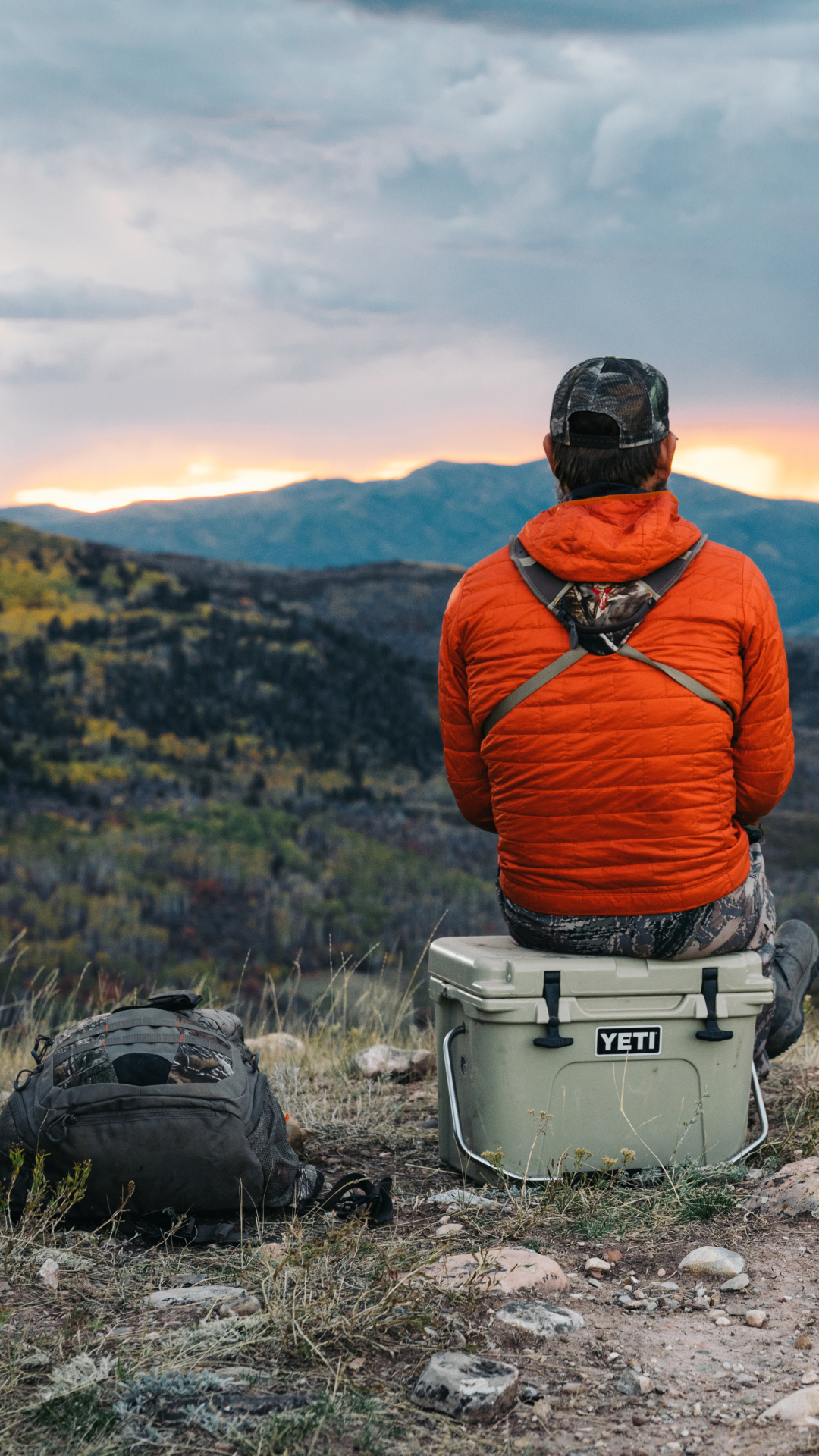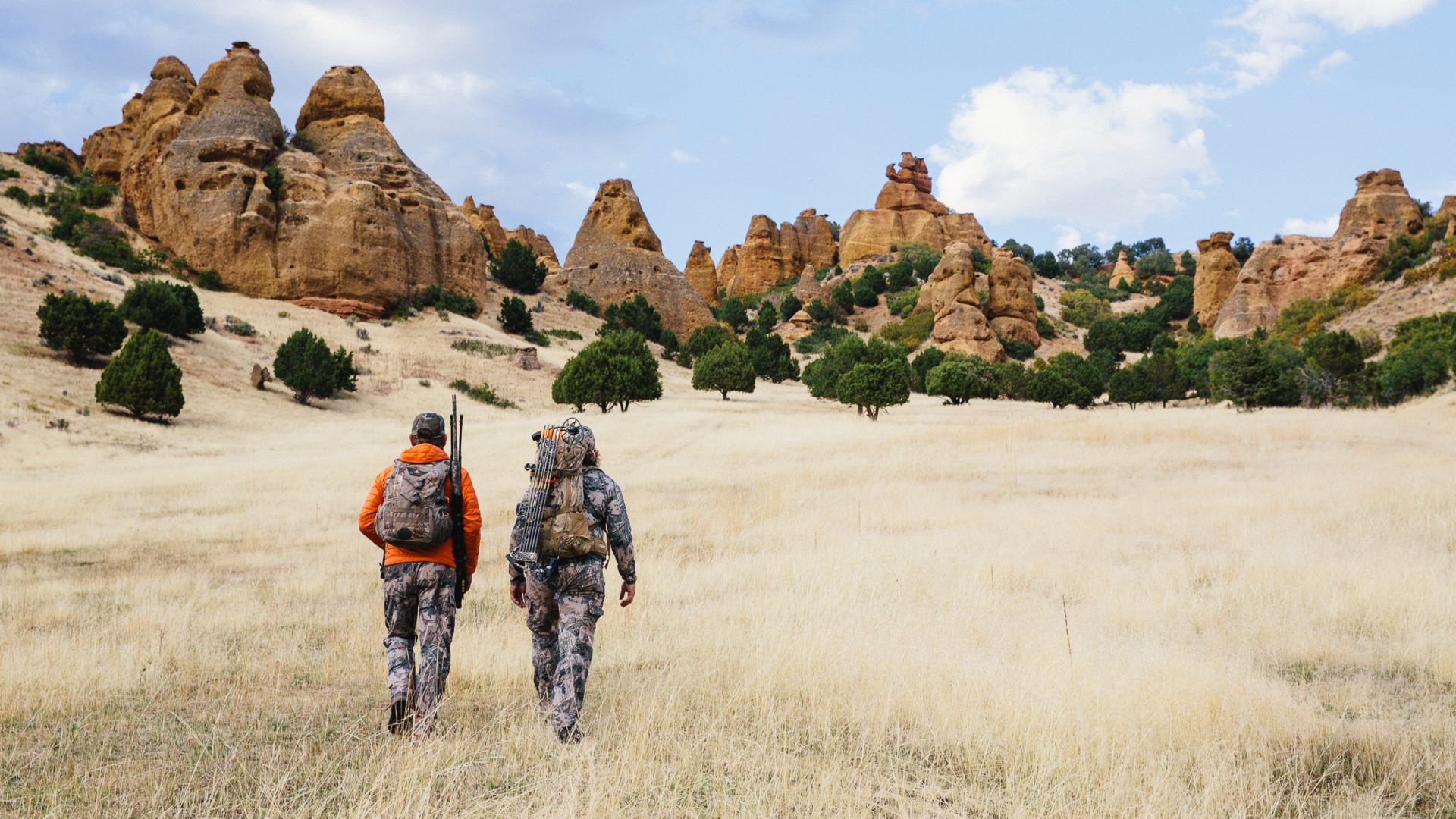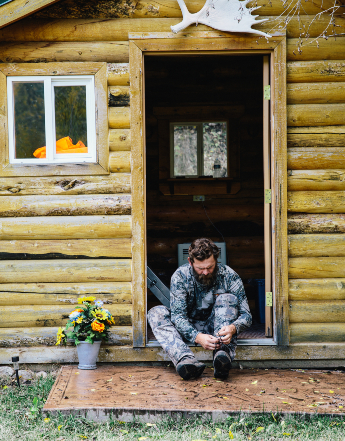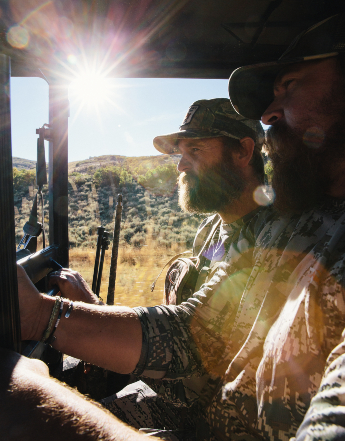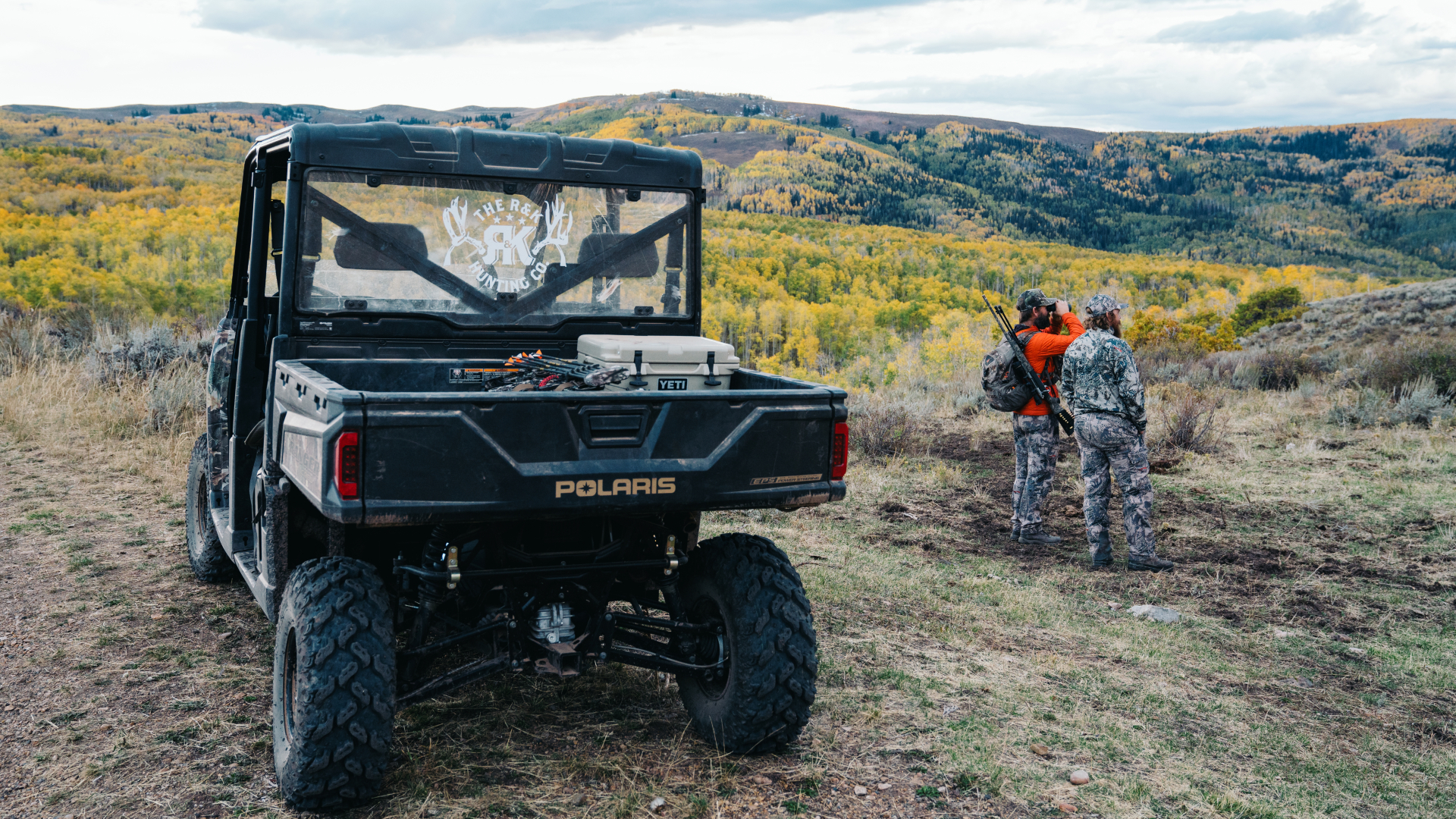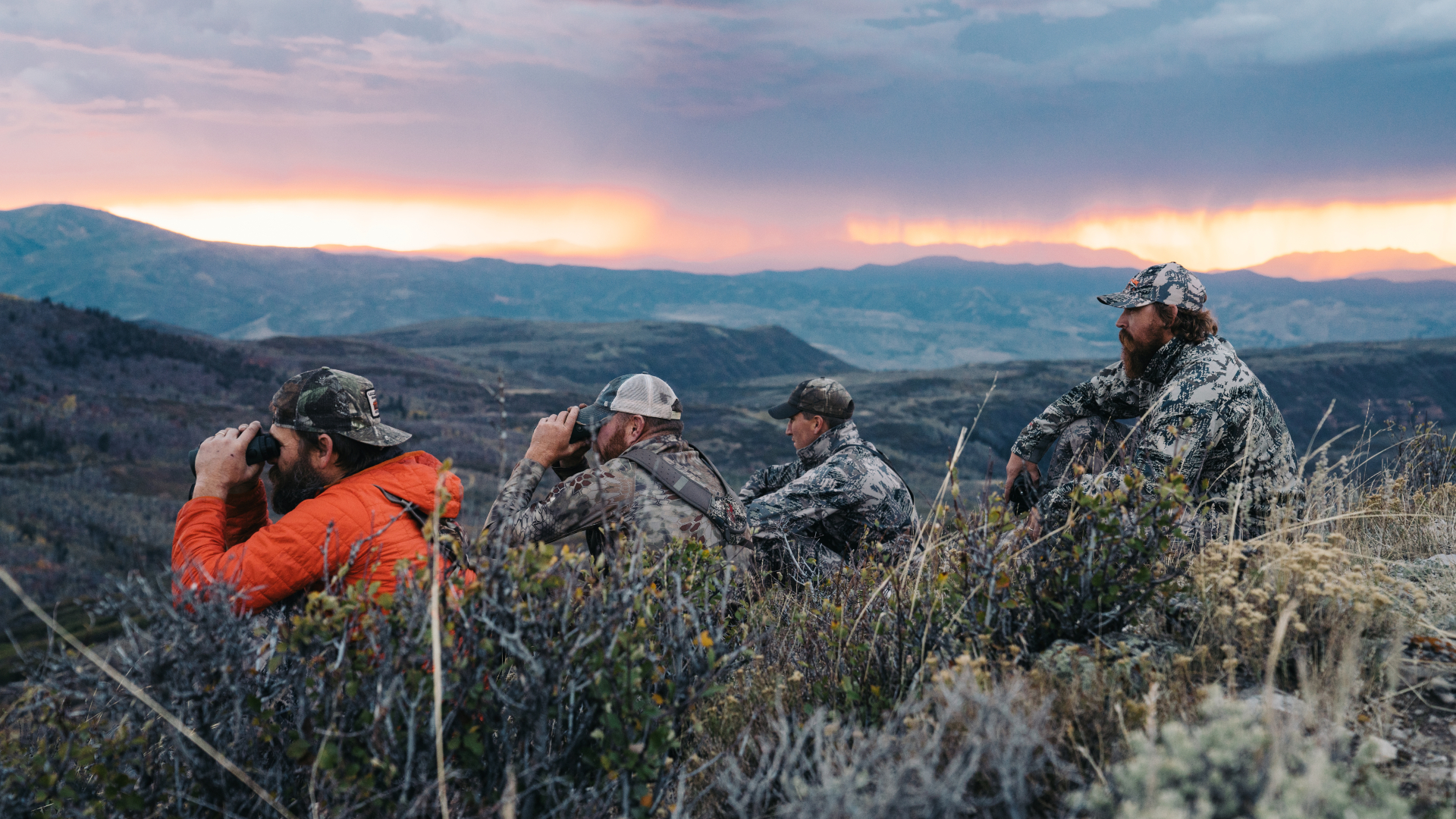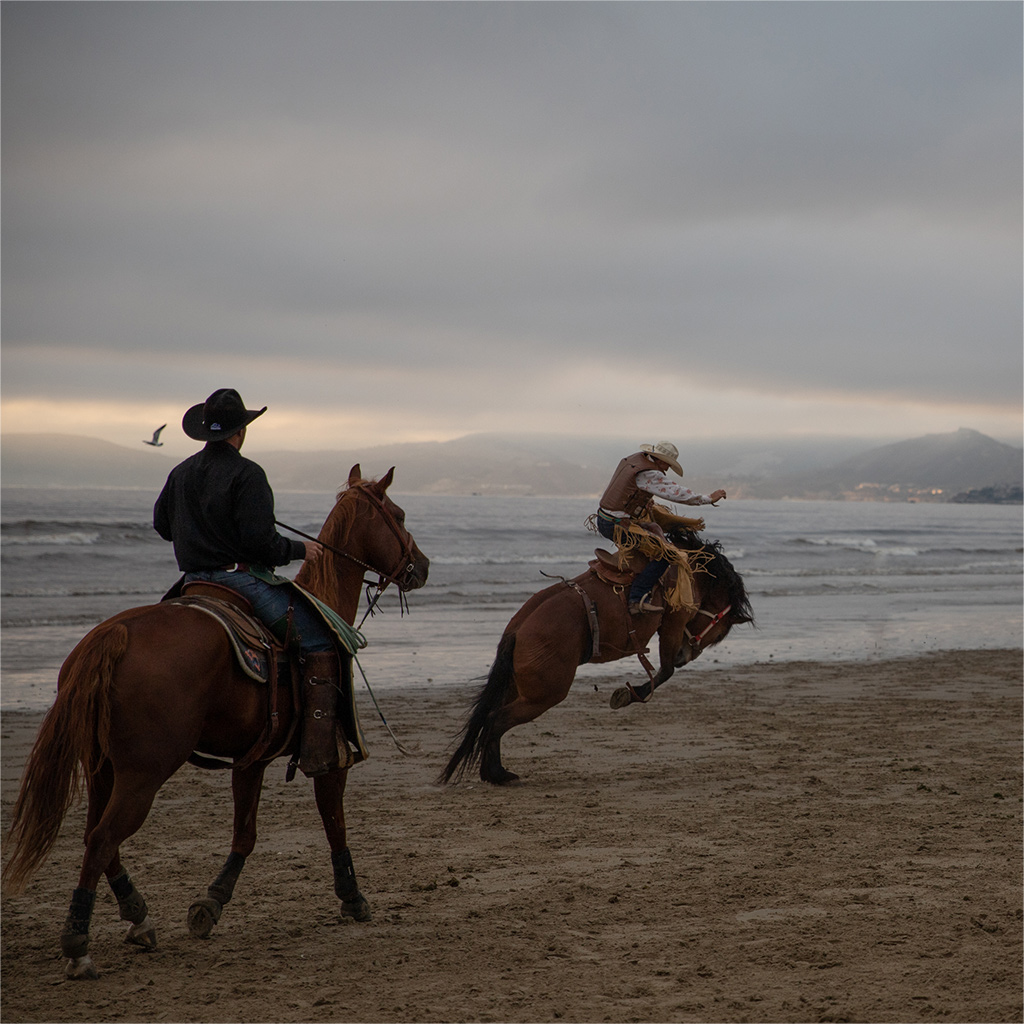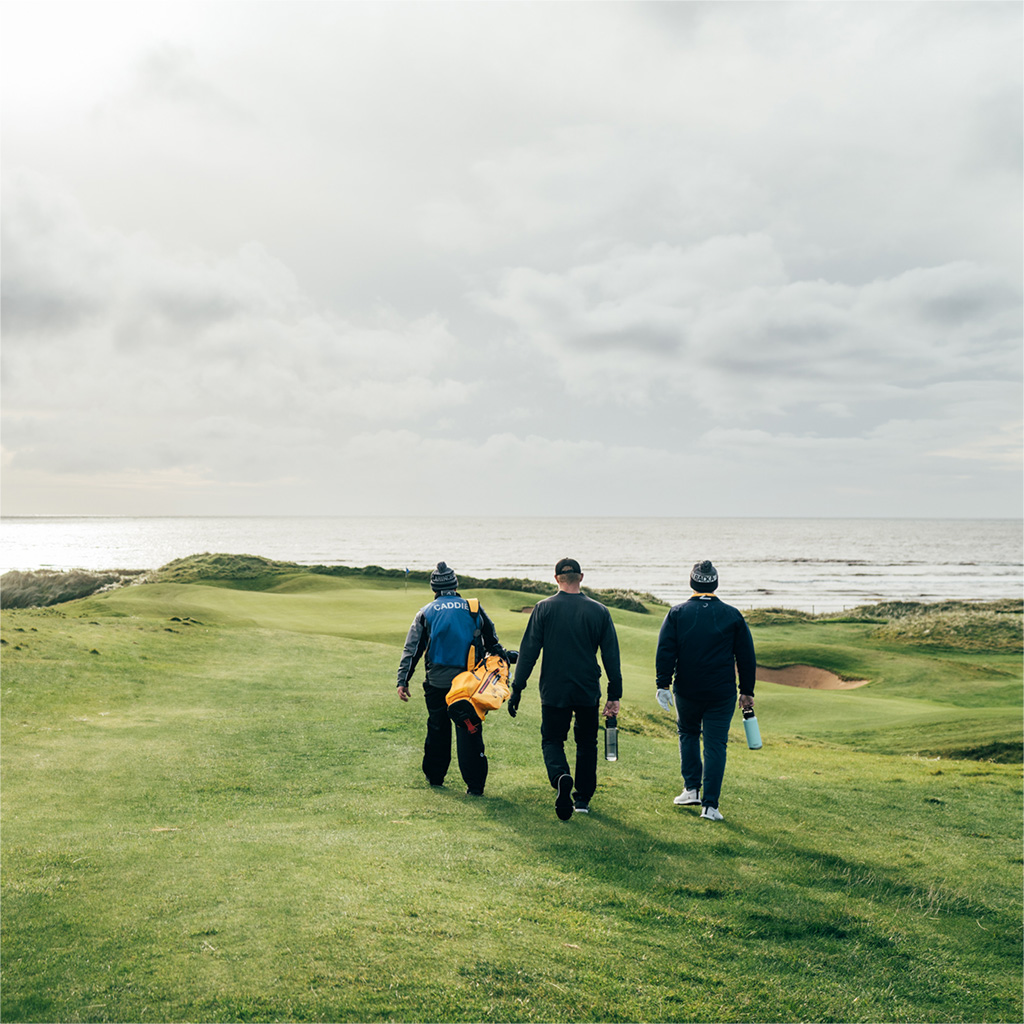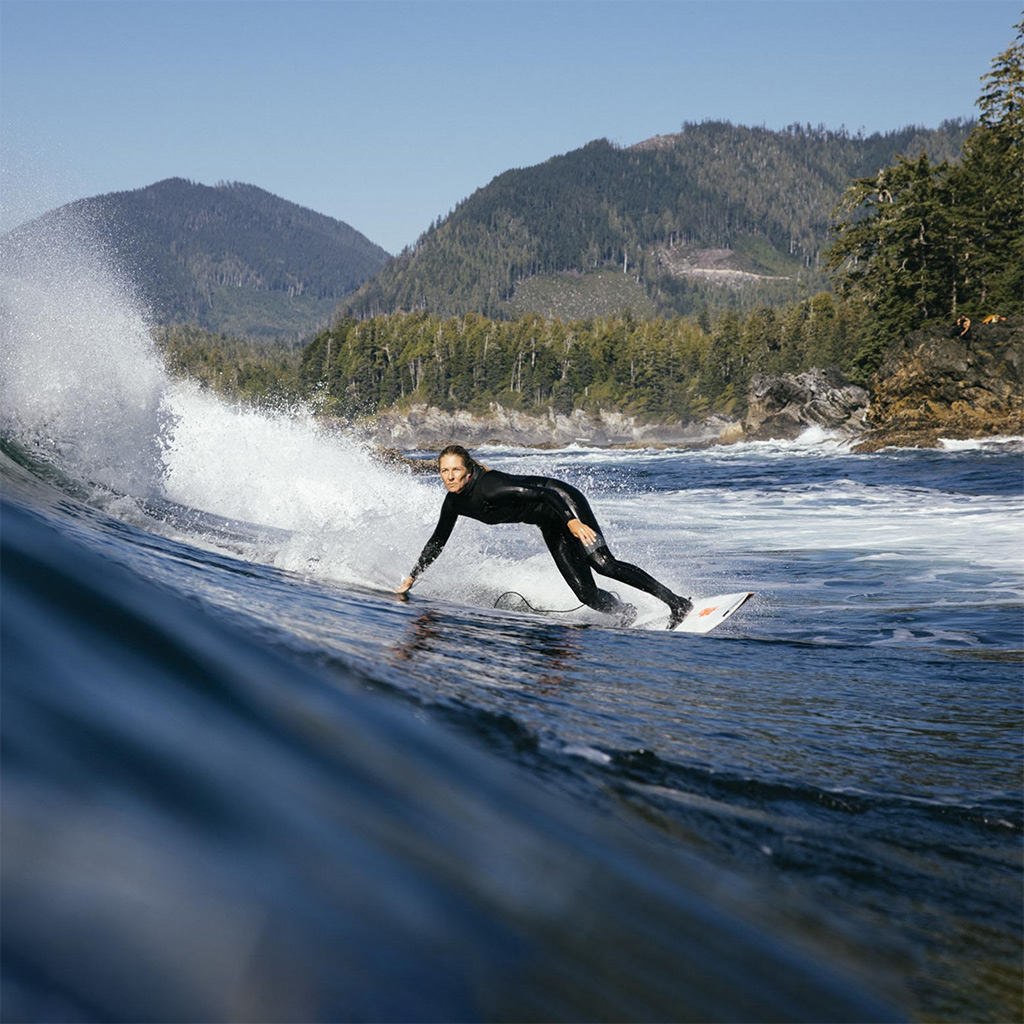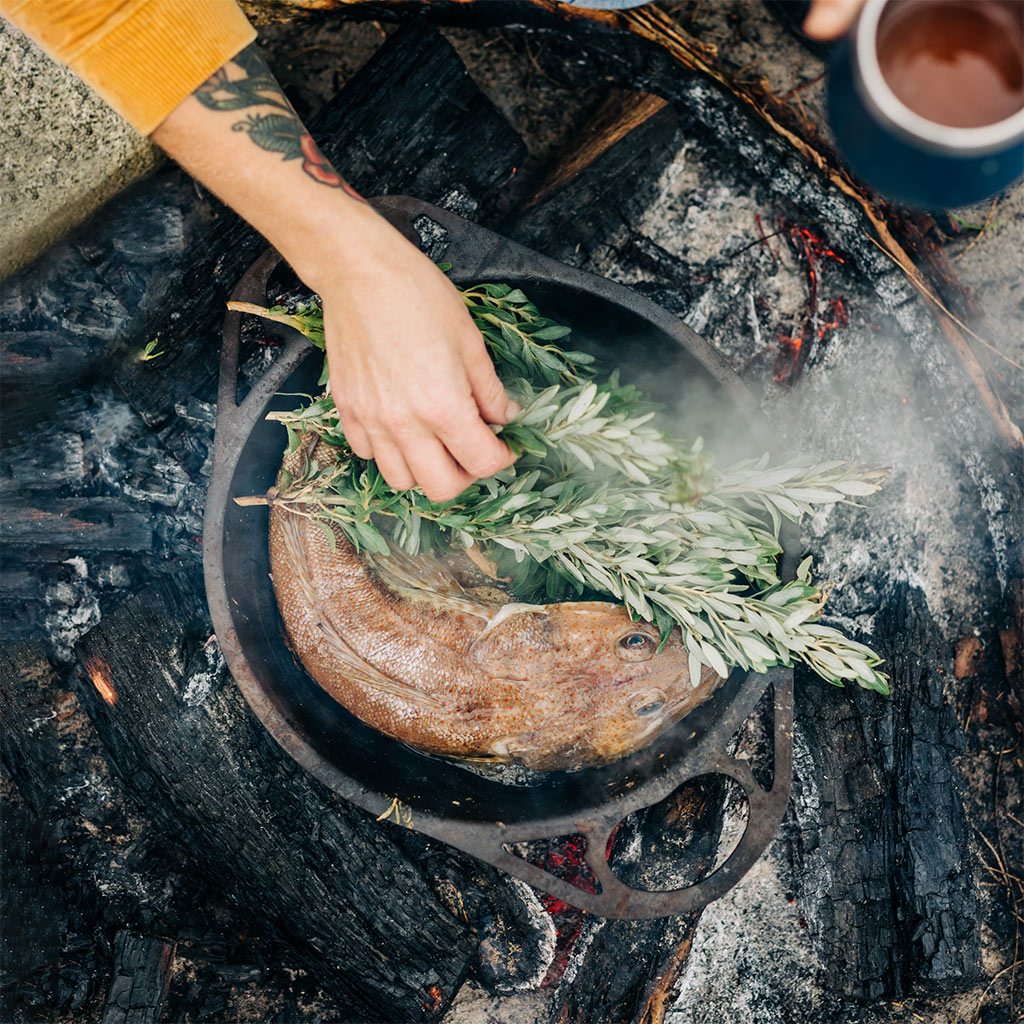I’m delirious, going on two hours of sleep in the Uinta Mountains of Northern Utah. With each bugle I hear echoing through the Aspen it is more clear that this bull is headed my way. My guide Cheeto stops whispering and goes into “eyes only” communication mode, and with his eyes I’m pretty sure he’s just told me to, “Get your shit together because this is going to go down right now!”
Almost two decades ago I witnessed my first bull elk while spearfishing in a crystal clear kelp forest in the Pacific Ocean. I had just missed a toad of a Calico Bass and came to the surface to reset my gun when I saw movement out of the corner of my eye along the rocky cliff that shot up above the shore line. Santa Rosa Island sits 30 miles off the Coast of California and for 100 years it was a family-run working cattle and sheep ranch. Some 80 years ago the ranch owners introduced Roosevelt Elk to the Island as well as Kaibab Mule Deer. This bull was probably 300 yards away but perfectly silhouetted in the evening light. I swam there, breathlessly watching as it walked along the ridge line and promised myself that someday I’d be back to hunt the elk of Santa Rosa Island.
Season after season passed and I came to grips with the price of an elk hunt on Santa Rosa Island. I decided I’d save it for after my kids grew up and got out of school. The National Park Service had acquired Santa Rosa Islands in 1986 from the reluctant ranch family that owned and stewarded it for a century. Part of the deal was that they could continue to run hunts until 2012. Naively we all thought that the government would take over hunting on the island and that it might even become less expensive. Either way, I was confident it would work itself out and that some day I’d get to experience that island hunt. Maybe even with one of my kids or grandkids? The news finally came that the Parks system had no plans of culling or changing management programs regarding hunting on the island. They wanted the elk and deer gone. The weeks leading up to January 1st 2012 saw every last elk and deer killed. My dream of harvesting an elk on Santa Rosa Island was gone forever.
I put one in the chamber, ready myself the best I can and give one last glance toward Cheeto. I watch him slowly drop his binoculars and set a fixed gaze straight ahead of us. His work is done now. I follow his gaze and instantly realize why he isn't glassing - there is no need for magnification anymore. The bull is coming out of the trees broadside into a small grassy flat no more than 50 yards out. All my senses aside from sight disappear and I’m running on muscle memory. This bull looks just like the animals in all my years of daydreaming about elk, only bigger.
The bull ambles cautiously into the middle of the grassy flat and stops. I flash on that first elk I ever witnessed from the kelp forests of Santa Rosa Island almost 20 years ago. I exhale and squeeze.
Cheeto gives me some time alone with my bull. I reflect on my appreciation for this animal and also for the visionary people in the Uintas who have worked for decades to steward a region where the environment, recreation, ranching, farming, fishing, and hunting can all thrive together. It is because of people like them that I, as well as my kids and grandkids, will have a place to experience elk for generations to come. The sun has set and there is plenty left to do here. Although my kids have only been lucky enough to taste elk gifted to us from friends, it is their favorite meat. I'm already hearing the excitement in their voices when I call them in the morning to let them know that we'll be eating elk all winter.
As a surfer and filmmaker, Ambassador Chris Malloy's adventures have ranged to all corners of the globe. After two decades of nonstop exploration, Chris now spends his time in California, where he, along with his two brothers, is still chasing waves, working on the ranch, and raising his family with his wife, Carla.
